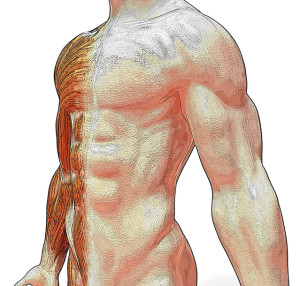Intravenous sodium calcium ethylene diamine tetra acetic acid (EDTA) and oral 2,3-dimercaptosuccinic acid (DMSA) have both been used to reduce the burden of lead in humans. Each of these agents enhances the mobilization of lead from different areas of the body – EDTA from the trabecular bone and DMSA from the soft tissue. A study of Korean battery workers revealed that EDTA appeared to increase the soft tissue burden of lead, resulting in increased levels of aminolevulinic acid and greater subsequent lead mobilization with DMSA. This case report discusses a patient with a higher-than-normal lead burden who exhibited increased tissue lead burden after intravenous EDTA. The elevated tissue burden of lead was still present, albeit lower, after five consecutive days of oral DMSA therapy. If this single case is representative of a typical human response to the use of intravenous (IV) EDTA for lead, then it suggests that all persons undergoing such treatment should be administered oral DMSA for a minimum of one week after EDTA treatment.
